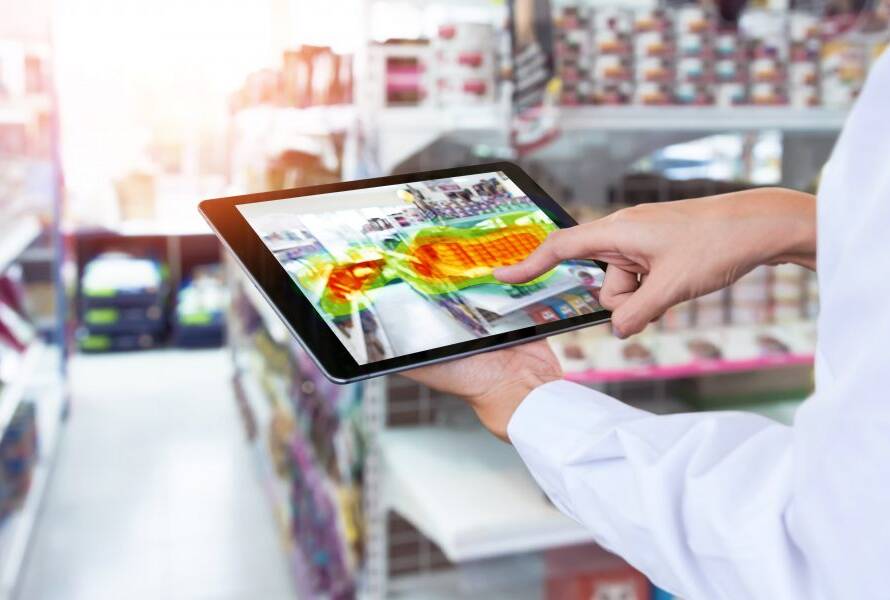
Video surveillance is one of the top technologies used to provide security and safety for public venues like stadiums, arenas and other event facilities. Perhaps overlooked but just as crucial to the success of camera detection is the video management system (VMS) – the backbone for viewing, recording and managing feeds and data.
At public venues in particular, the VMS plays a critical role in enabling security staff to not only monitor onsite activities during game day, but to proactively and remotely detect and respond to incidents as they occur. The VMS is the brains of the operation, integrating with other software and systems such as access control, intrusion, audio or even gunshot detection. It also enables analytics, which pinpoints areas of detection to guard against potential threats.
“When you’re responsible for thousands of attendees, being able to navigate video efficiently and without latency is key.”
There are close to 1,000 sports stadiums in the US alone, and each has unique characteristics, so it’s important to consider the different needs based on the environment and footprint. Stadiums are multi-purpose facilities that include parking, retail, hospitality, concierge, first-aid and medical. Not only are these venues focused on public safety and security, but they may also be trying to prevent counterfeit merchandise sales or even human trafficking operations. The VMS can deploy targeted analytics to address all the specific challenges the end-user may be faced with.
Read the full article to learn the four best practices to get the most out of your stadium surveillance security and VMS.
THE RIGHT WAY TO DO STADIUM SECURITY
As seen in Security Journal Americas
Salient
Salient is the leading software provider of comprehensive, enterprise-class Video Management Software and Systems. For more than 25 years, Salient has delivered best-in-class video surveillance solutions for critical infrastructure, transportation, logistics, retail, education, and more. Salient leverages intelligent video technology to mitigate risk, improve service delivery, and drive positive business outcomes for customers worldwide. Salient’s award-winning CompleteView VMS platform offers a full range of applications for unmatched scalability through a fully open architecture. Citi Bank, Kirkland’s, University of Notre Dame, ABF Freight, Nike and thousands of other customers trust Salient to provide powerful video-enabled surveillance and business intelligence solutions for today and tomorrow.




